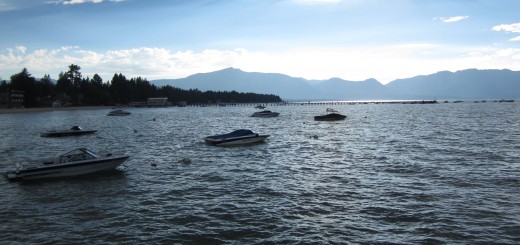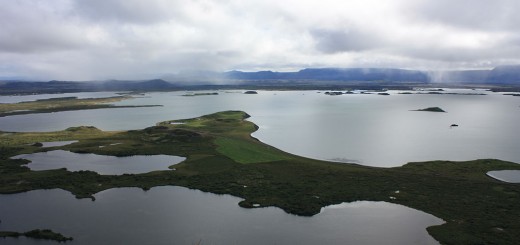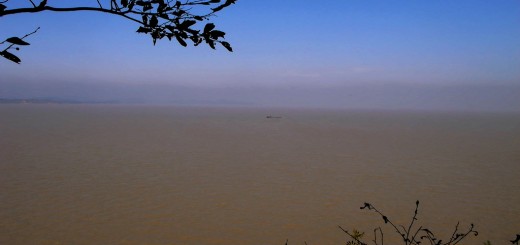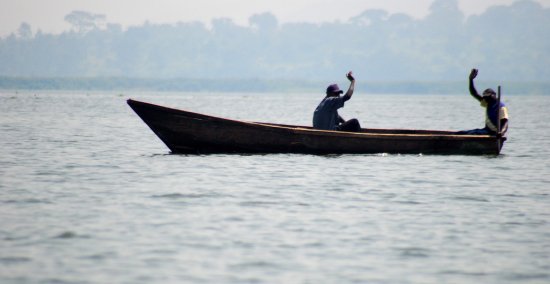Lake Elsinore: Where Are All the Birds?
0
Butterfield Elementary School is located within walking distance of Lake Elsinore. (Credit: David Pickett via Wikimedia Commons)
Grebes are funny birds. Not really ducks and certainly not swans, it’s hard to place them. Some have black throats, some have white throats – a few have red eyes. Lake Elsinore, the largest natural freshwater body in Southern California, is looking for a few good grebes.
With water levels slipping in the lake, grebe populations – specifically Clark’s Grebes – have taken a skydive. A chapter of the National Audubon Society recorded the decline, counting birds within a 7.5-mile radius around Lake Elsinore. Only 118 grebes were counted in December 2013, compared to 9,762 a year before.

Clark’s Grebe. (Credit: kat+sam via Creative Commons)
Taking a look at all bird populations, there was a 62 percent drop. The Press-Enterprise reports 9,388 birds flocked to the lake this year. In 2012, there were almost 25,000.
Drops in other species recorded over the same period:
-
Northern Shovelers – 5,132 to 2,846
-
Ruddy Ducks – 1,171 to 492
-
American Coots – 1,337 to 349
So what happened to all the chirping birds?
Maybe the grebes ate them into a corner and they went elsewhere for food. Birdwatchers say grebes love fish and commonly dive into Lake Elsinore in determined pursuit of a meal. When there were more than 10,000 grebes on the lake (numbers last seen in 2011), they tested the fishery’s strength.
But experts at the University of California – Davis say the problem is likely part of statewide difficulties due to drought. California Gov. Jerry Brown called them “perhaps the worst” drought conditions the state has seen since record-keeping began. With little rain and low snowpack in the Sierra Nevada mountains (13 percent of normal), water levels have dropped across the state.
The U.S. Drought Monitor backs this up, with Lake Elsinore – like most of the state – seeing severe to extreme drought conditions:














